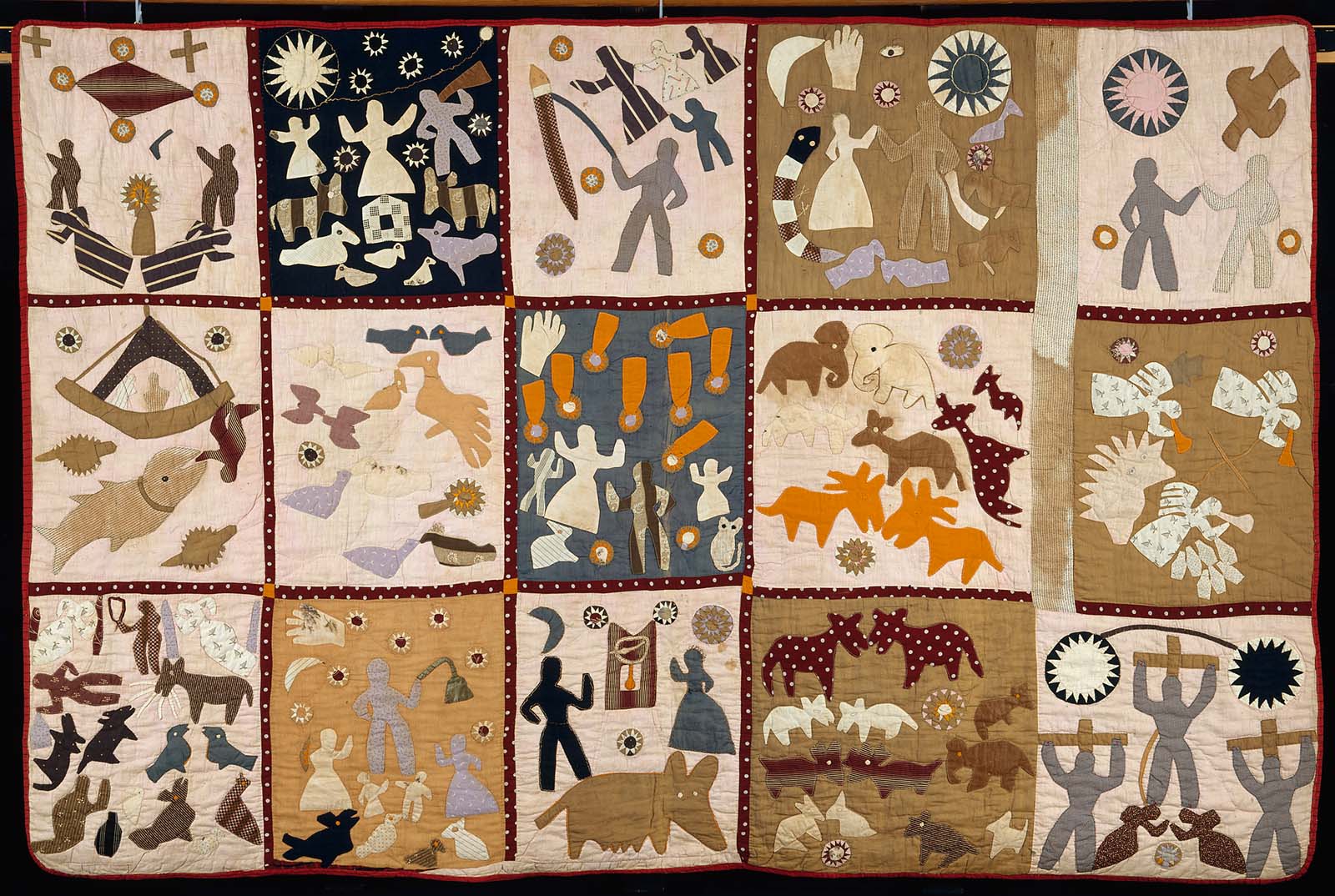Throughout the middle ages women were inferior to men, no matter their social class. They were seen as weak, less intelligent and less fit for mosts tasks that the men would take on. These women were dependent on their fathers, husbands or brothers. Marriage was strictly between man and woman, and the man was given all the power and control of the relationship. Meanwhile, the women took on the positions as mothers and wives. According to Chadwick, “These social roles remained circumscribed by a Christian ethic that stressed obedience and chastity, by the demands of maternal and domestic responsibility…” (Chadwick, 44) For the most part, women were the ones who maintained the homes and took care of the children while the husbands would go out to work. In some cases, women would assist their fathers or husbands with outside work during rough times. They could also take up at home occupations such as spinning, weaving and embroidery. During this time period the only women who held positions of power were the women of the church. Religion was the only way women could gain power because it gave them access to an education. Women would be sent to convents to learn and educate other women. The church also held the preservation of art so the nuns would take the most credit of women in art during this time. The art consisted of manuscript illuminations, embroideries, and carved capitals. Herrad of Landsberg was an abbess of the middle ages who wrote the pictorial encyclopedia Hortus Deliciarum. In the image below we are shown a community of women who were in Landberg’s convent. This shows a woman in power, Herrad of Landsberg, giving power to more women; something that was not seen often in the middle ages.
Much like the middle ages, the Renaissance was also a period that denied women’s political rights and where they were considered legally subject to their husbands. Women did not have a role in society and were valued simply by their physical features.Women in the Renaissance were seen by their sexuality and were victims of the male gaze. They were the main subject of many male painting in this era, but used as object rather than subject. The Renaissance was a time of rebirth, moving away from the church and into a period of art. But of course, this whole system of art was closed to women. “One of the few ways a woman could work as an artist was to be born into a family of artists that needed assistance in the family workshop.” (Guerilla Girls, 25) Another way for women to work as artists was if they were to be educated by their fathers. Sofonisba Anguissola was one of these rare cases. Her father believed women should be educated and he ended up sending one of her paintings to the famous Michelangelo. Women began to figure out ways of establishing themselves as women artists. During this same period, there were a number of female artists who started to gain international reputations. The city of Bologna in Italy admitted women into universities and even had a school of its own for women artists. Moving forward in the late Renaissance and into the 17th to 18th century, there was a shift in the way women were being depicted in art. Women could not train from nude models, who were always male, because they were not allowed to learn of the male body. Instead, women began painting women (already familiar with their bodies) as human beings rather than object. In the painting below we see how Elisabetta Siriani, a woman artist of the 1600’s, paints her subject Portia. Portia is separated from the rest of her sex, shown as a human and not just a detached muse and she shows courage with the stabbing of her thigh.
 |
| Herrad of Landsberg, Hortus Deliciarum, 1170 |
 |
| Elisabetta Siriani, Portia Wounding Her Thigh, 1664 |
Through the 17th and 18th century there was also focus on domestic scenes, profile portraits, still life and botany; things that all women were exposed to (examples).
Once we reach the 19th century there is a shift for women and their workforce. Women’s labor started to become essential in building colonial America though legal status was still limited. There was growing ideology of domesticity and a call for social reform that was “domestic feminism.” Women began finding power in needlework, painting, textiles and weaving. They used some of these to express abolitionist themes and turned their art into political topics. Harriet Powers was one of these women; she was born a slave and was illiterate, with no accessible education. Powers created the Pictorial Quilt which told stories about slave experience. Edmonia Lewis was another woman artist of the 19th century, an activist of the abolition period. She studied in Oberlin but after being accused of poisoning two other students she could no longer continue in school; she then began sculpting. Her sculpture show below, Forever Free, was a subject of emancipation and slavery; the breaking free of those chains represents freedom.
 |
| Edmonia Lewis, Forever Free, 1867 |
 |
| Harriet Powers, Pictorial Quilt, 1895 |
Works Cited
Chadwick, Whitney. Women, Art and Society. Thames and Hudson, 2015.
The Guerrilla Girls' Bedside Companion to the History of Western Art. Penguin Books, 2006.
“Women in Medieval Society.” The British Library, The British Library, 17 Jan. 2014, www.bl.uk/the-middle-ages/articles/women-in-medieval-society.
Newman, Simon. “Women in the Middle Ages.” Middle Ages, www.thefinertimes.com/Middle-Ages/women-in-the-middle-ages.html.
No comments:
Post a Comment
Note: Only a member of this blog may post a comment.